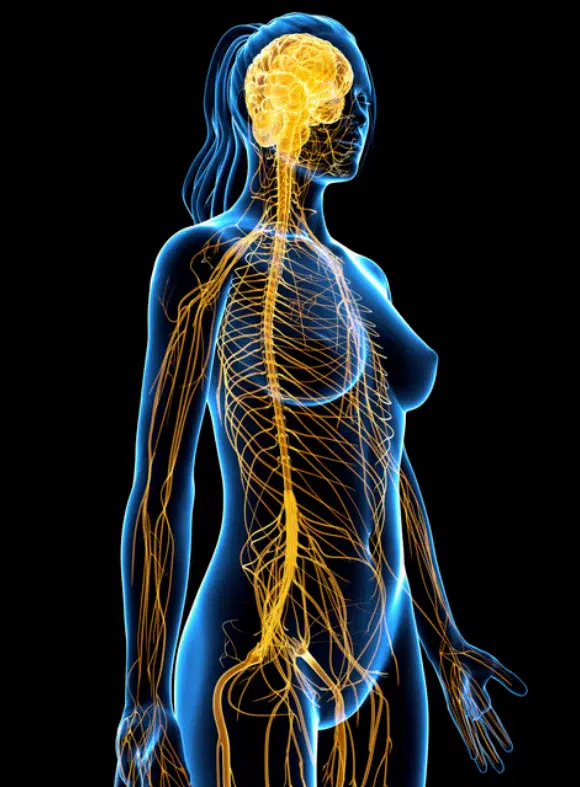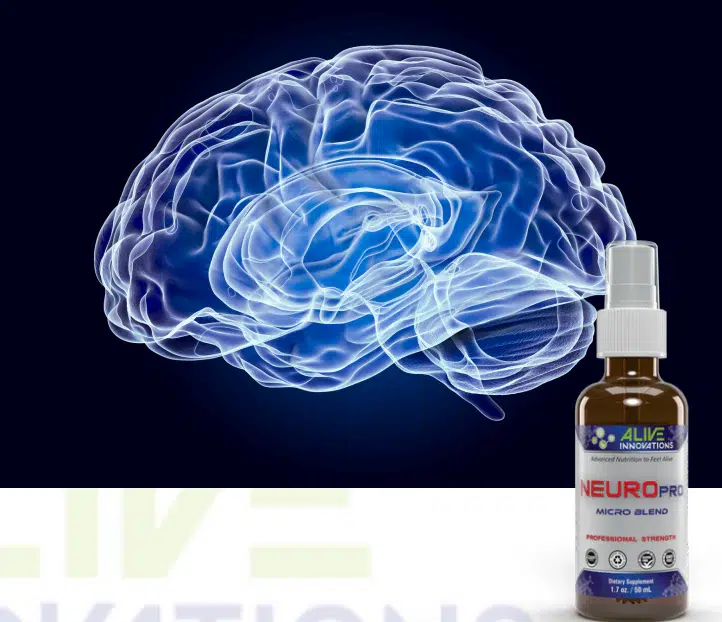Monitoring Respiratory Rate And Nutrient-derived Applications For Balancing Vagal Clinical Uses And Insights From Alive Innovations Micro Blends
Jared Murray, CWC
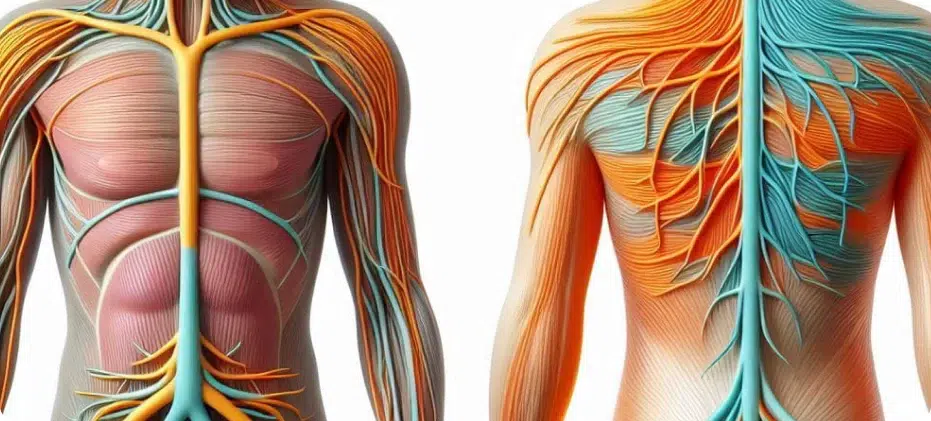
Respiratory rate (RR) is a vital sign that is often overlooked in clinical practice,yet it provides crucial insights into a patient’s physiological state. The autonomic nervous system (ANS), which controls involuntary bodily functions, can be assessed through RR. Wearable devices offer a non-invasive, continuous method to monitor RR, especially during sleep, providing valuable data on autonomic function, particularly vagal tone.
Additionally, specific nutrient formulations can support autonomic balance. This article discusses the importance of RR monitoring, the role of wearable devices, the potential clinical use of Alive Innovations’ micro blends and supplements and the implications for assessing vagal tone.
Importance of Respiratory Rate Monitoring RR is a sensitive marker of various physiological and pathological conditions. Abnormal RR can indicate respiratory, cardiac, or metabolic disorders. It is also a useful predictor of clinical deterioration in hospitalized patients¹. Despite its importance, RR is often under-monitored due to the lack of efficient and non-intrusive methods.
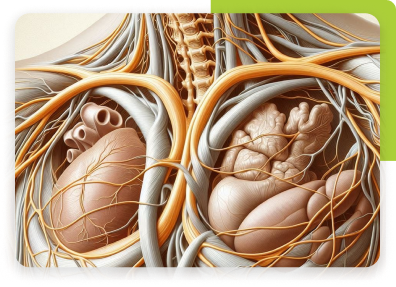
Recent advancements in wearable technology have enabled continuous and accurate monitoring of RR. Devices such as chest straps, smartwatches, and adhesive patches use sensors to detect breathing patterns and provide real-time data. These devices are particularly advantageous for overnight monitoring, capturing data during sleep when autonomic activity is more pronounced and less influenced by external factors².
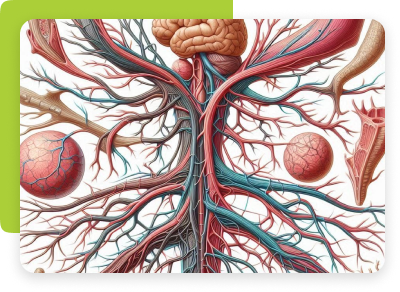
Respiratory Rate and Autonomic Nervous System The ANS, comprising the sympathetic and parasympathetic nervous systems, regulates heart rate, RR, and other vital functions. RR is closely linked to ANS activity. For instance, an elevated RR can indicate increased sympathetic activity, while a lower RR, especially during sleep, suggests enhanced parasympathetic (vagal) activity³. Monitoring RR can, therefore, provide insights into the balance of autonomic functions.
Vagal tone reflects the activity of the vagus nerve, a critical component of the parasympathetic nervous system. High vagal tone is associated with better cardiovascular health, improved stress resilience, and overall well-being. Conversely, low vagal tone is linked to various health issues, including cardiovascular diseases, depression, and anxiety⁴. Wearable devices that track RR can indirectly measure vagal tone by analyzing heart rate variability (HRV) and respiratory sinus arrhythmia (RSA), both of which are influenced by vagal activity.
Alive Innovations’ micro blends, particularly the combination of NRVS Pro, RLF Pro, Neuro Pro, offer a unique approach to enhancing cognitive function and autonomic balance. NRVS Pro is formulated to support autonomic nerve function and resilience, while RLF Pro is designed to relieve inflammation and promote recovery of the neurological system. These blends contain ingredients in microdose to provide specific receptor targets and Alive Innovations also has an extensive stock and custom complete listing of nutrients such as L-theanine,phosphatidylserine, GABA, turmeric, and other adaptogenic herbs – such as
ashwagandha which have been shown to improve cognitive function and reduce stress⁵. These effects are particularly relevant for balancing vagal tone, as stress reduction and improved cognitive function are linked to enhanced parasympathetic activity⁶. Additionally, nutrients such as omega-3 fatty acids, have been associated with improved HRV, a marker of vagal tone⁷. Integrating these micro blends into clinical practice could support patients with stressrelated disorders, cognitive decline, and autonomic dysfunction by promoting a balanced autonomic response and enhancing overall well-being.
Incorporating RR monitoring using wearable devices and nutrient-derived applications into routine clinical practice can enhance patient care. For example, overnight RR data can help detect early signs of sleep apnea, monitor chronic respiratory conditions, and assess the effectiveness of interventions aimed at improving autonomic function. Furthermore, understanding a patient’s vagal tone and using targeted nutritional support can guide personalized treatment plans, especially for those with cardiovascular or stress-related disorders.
Continuous monitoring of RR using wearable devices, combined with the use of specific nutrient formulations, offers a promising approach to assess and enhance autonomic nervous system function, particularly vagal tone. This integrated method provides healthcare professionals with valuable data and
tools that can improve diagnosis, treatment, and overall patient outcomes. As technology and nutritional science advance, the integration of these strategies into clinical practice is likely to become more prevalent, highlighting the need for ongoing research and education on their applications and benefits.
- Flenady T, Dwyer T, Applegarth J. Accurate respiratory rates count: So should you! Australas Emerg Nurs J. 2017;20(1):45-47. doi:10.1016/j.aenj.2016.12.003.
- Kwon O, Lee J, Choi Y. Wearable devices for monitoring autonomic nervous system: Comparative study of validity and reliability. JMIR Mhealth Uhealth. 2021;9(7) 2. . doi:10.2196/21708.
- Shaffer F, McCraty R, Zerr CL. A healthy heart is not a metronome: : An integrative review of the heart’s anatomy and heart rate variability. Front Psychol. 2014;5:1040. doi:10.3389/fpsyg.2014.01040.
- Thayer JF, Sternberg E. Beyond heart rate variability: Vagal regulation of allostatic systems. Ann N Y Acad Sci. 2006;1088(1):361-372. doi:10.1196/annals.1366.014.
- Kennedy DO, Wightman EL, Reay JL, et al. Effects of resveratrol on cerebral blood flow variables and cognitive performance in humans: A double-blind, placebo-controlled, crossover investigation. Am J Clin Nutr. 2010;91(6):1590- 1597. doi:10.3945/ajcn.2009.28641.
- Kim HS, Kim KM. Nutritional approaches for preventing cognitive dysfunction. Nutrients. 2019;11(9):2251. doi:10.3390/nu11092251.
- Thayer JF, Yamamoto SS, Brosschot JF. The relationship of autonomic imbalance, heart rate variability and cardiovascular disease risk factors. Int J Cardiol. 2010;141(2):122-131. doi:10.1016/j.ijcard.2009.09.543.
- Benchetrit G. Breathing pattern in humans: Diversity and individuality. Respir Physiol. 2000;122(2-3):123-129. doi:10.1016/s0034-5687(00)00161-7.
Please note that this is medical information, None of the information presented here or on our social media is intended to service as medical, legal, or regulatory counsel. Users are encouraged to seek professional assistance and counsel if they are concerned about a specific medical, legal, or regulatory issue. None of the statements on this video have not been evaluated by the Food and Drug Administration. These products mentioned are not intended to diagnose, treat, cure, or prevent any disease. The information presented is intended for mainly professional usage and educational purposes and targeted for the US specifically; it is not intended to make claims about any products or services; for more information call 800-454-1920/ [email protected]



